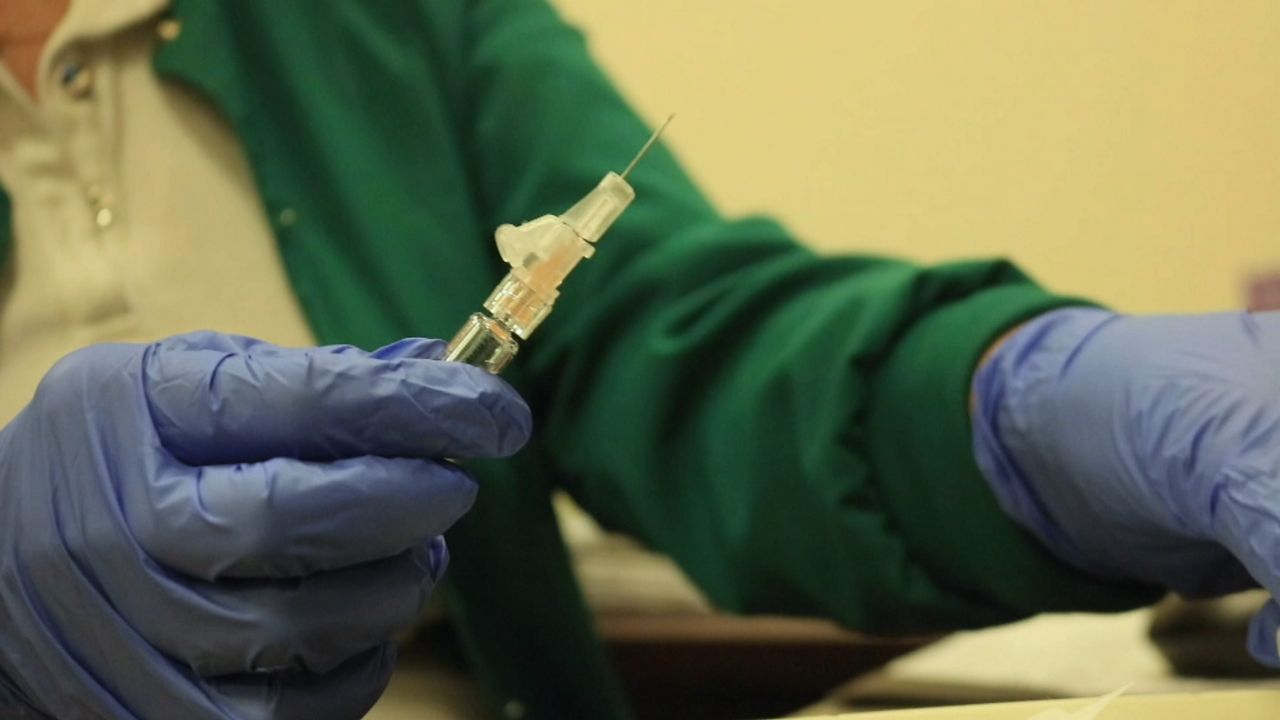NEW YORK - A new case study from the Icahn School of Medicine at Mount Sinai concluded the coronavirus may be attacking the blood as well as the lungs. It’s a finding that could lead to more successful treatments.
COVID-19 has been characterized as an acute respiratory distress syndrome, which is an inflammation in the lungs where fluid prevents oxygen from getting into their blood. A hallmark of ARDS is that the lungs become stiff.
- LIVE UPDATES: Coronavirus in New York City
- LIVES LOST: Remembering Victims of the Coronavirus
- What to Do If You Test Positive for COVID-19
- CDC Coronavirus Page
- WHO Coronavirus Page
But doctors note that the lungs of COVID-19 patients do not stiffen, which calls into question whether treatment protocols for ARDS are useful for coronavirus treatments.
“It doesn’t look like a typical ARDS (case) once the patient is intubated on a ventilator and the certain (ventilator) settings that we are always trained with for ARDS management doesn’t respond to this virus well," said Dr. Eugene Perepada, an attending emergency room physician at Mount Sinai South Nassau.
Low oxygen levels in the blood, combined with a lack of stiffening of lungs, is leading doctors to consider disorders of the lung’s blood vessels, including blood clots, says Dr. Hooman Poor, assistant professor of pulmonary, critical care and sleep medicine and director of pulmonary vascular disease at the Icahn School of Medicine at Mount Sinai.
Dr. Poor authored the case study based on five critically ill patients treated at Mount Sinai. They were given powerful blood clot medication and showed improvement, though four of them later died due to other complications.
Dr. Poor says COVID-19 patients are experiencing clots throughout their bodies, with some even having strokes.
Dr. Cleavon Gilman, a resident physician in Manhattan, has treated patients with COVID-19 patients with blood clots.
"This virus attacks the heart, it attacks the lungs, it causes blood clots which leads to pulmonary embolism. It leads to stroke. It leads to heart attacks," Dr. Gilman said.
Autopsies on some patients have shown many tiny clots lining the lungs. Dr. Poor says these so-called microclots could explain why some patients have low oxygen levels.
Now, more research is underway to determine why the clots are forming and asking whether treating them could save lives.
In the short term, Dr. Poor says treatment guidelines have been modified.
"At least in our hospital, we have adjusted our blood thinner protocol, our anti-coagulation, to be little bit more aggressive with blood thinners for patients. There are trials that will be ongoing of giving blood clot-busting medicine, known as thrombolysis, for patients who are much more sick," said Dr. Poor.
The blood clot therapies pose significant risks, Dr. Poor explained, so health care providers must be cautious about who could be suitable for such treatment. The risks will be further evaluated in clinical studies that Dr. Poor says are starting now.



